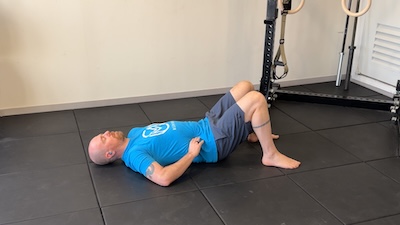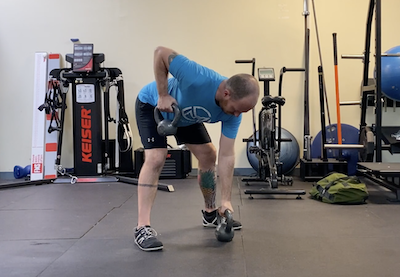Reach, Roll, and Lift
Reach, Roll, and Lift
The Reach, Roll, and Lift is a highly effective exercise that targets the upper back, shoulders, and core, promoting better shoulder stability, thoracic mobility, and posture. This movement involves reaching forward with one arm while in a quadruped position, rolling your palm up, and then lifting your arm off the ground. By doing so, it deeply engages the scapular stabilizers, improving shoulder health and reducing tension in the upper back.
Ideal for athletes and fitness enthusiasts, the Reach, Roll, and Lift exercise enhances functional movement patterns used in activities requiring overhead mobility like weightlifting, swimming, and throwing sports. It helps relieve tightness in the shoulders and upper back, promoting better posture and reducing injury risk by reinforcing proper scapular mechanics.
Incorporate the Reach, Roll, and Lift into your warm-up or mobility routine to open up tight shoulders and improve upper back strength. Adjust the intensity by varying the range of motion or adding light resistance bands. Practicing this exercise regularly will enhance shoulder stability, improve thoracic mobility, and promote balanced movement patterns for peak athletic performance and daily activities.
Equipment Needed
Open floor or yoga mat
Instructions for the reach, roll, and lift:
- From a kneeling position make a fist and place the thumb side on your forehead
- Fold-down so that your fist prevents your head from touching the ground
- With your opposite arm starting tucked against your body start by sliding your hand, palm down, along the floor to an overhead position
- When it is as far overhead as possible roll your hand over so it is palm up
- Lift your hand up in the air trying to keep your elbow as straight as possible
- Hold for a 2+ count, then lower your arm
- Flip your hand back, palm down, and return to the starting position
- Repeat the prescribed repetitions on one side before switching to the other
Common Error
Many who find it hard to lift their arm will often rotate or lean to the opposite side to accommodate the movement. This is cheating so try to avoid it.
Progressions / Regressions:
If this is too challenging:
- Use a band attached to a rig or doorway behind you to assist lifting your arm
If you want more of a challenge:
- Use a light weight to add resistance



